While in the hospital Nick and I were asked by a member of the play team to come and play for a little girl who was distressed and in a state of discomfort. She was suffering from involuntary movements in the limbs and mouth. He legs would kick out and at the same time her jaw would spasm.
When we arrived at her bedside at first there were a few people round the bed. We started playing and there was little discernable effect. The play specialist picked up the girl from her bed and sat down with her on a chair. Her father arranged cushions around the play specialist so that the girl was supported. Her father then left and we played. I was sitting on a small chair in front of the play specialist and the girl and Nick was to the side. We played for about 10 minutes and we sang and the play specialist joined in. Gradually through the singing the girl made eye contact with the play specialist and this continued for the rest of the interaction.
The small area we were in became a bubble of calm. The girl’s gaze was fixed on the play specialist as she lay there in her arms. We continued to support the interaction changing songs, accompaniment and sounds. Her involuntary movements became less. From where I was sitting I could see perfectly the read out on the heart rate monitor that the girl was attached to. From the time that the singing started her heart rate went down by 10 bpm and continued at this lower rate for the whole 20 – 25 minute period we were with her.
A group of doctors came over to examine the girl and as soon as the singing stopped and the eye contact was broken, her heart rate went back up and the involuntary movements returned.
Sometimes it is hard to assess the impact of what we do, other times it is there plainly to see.






